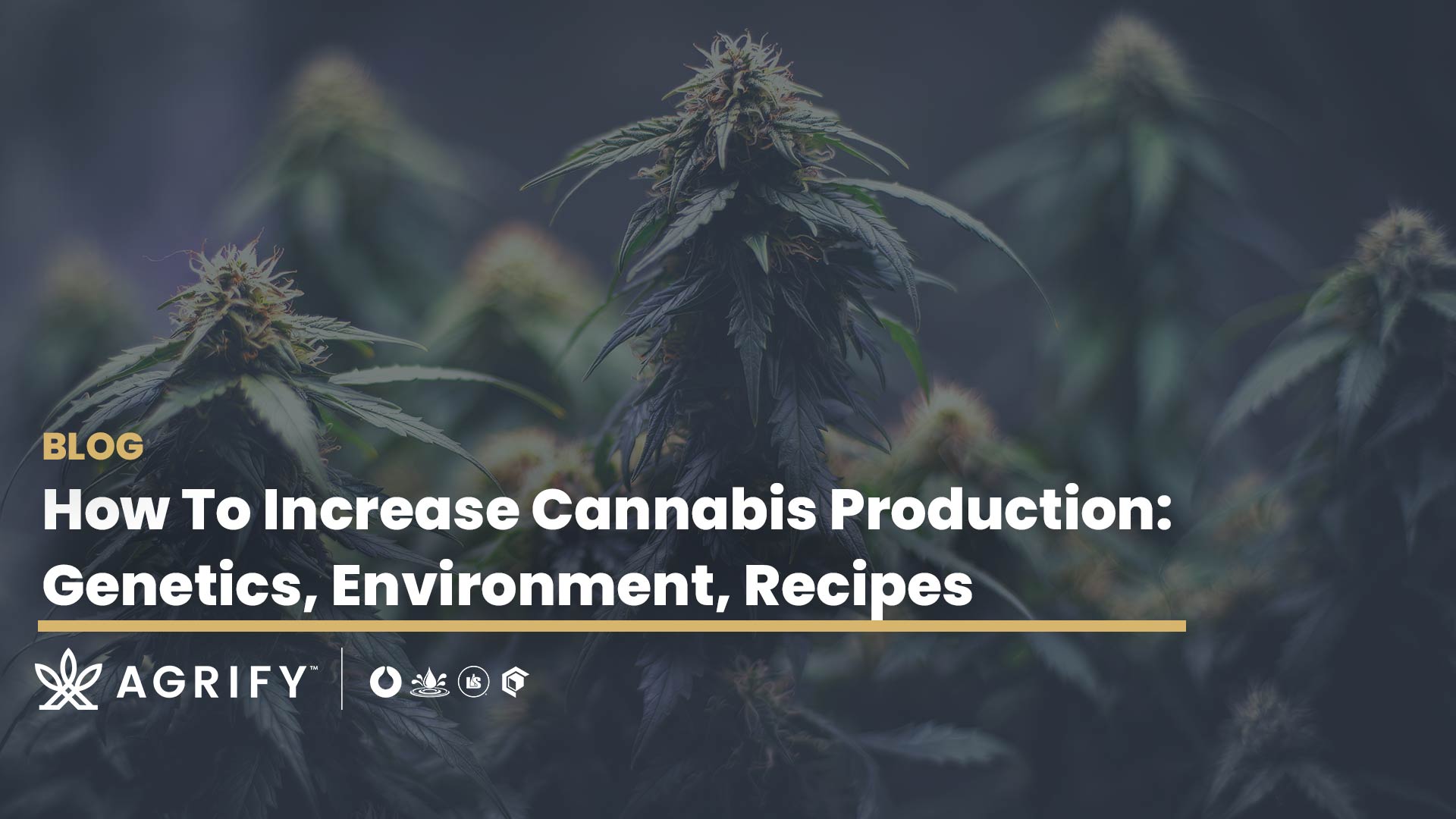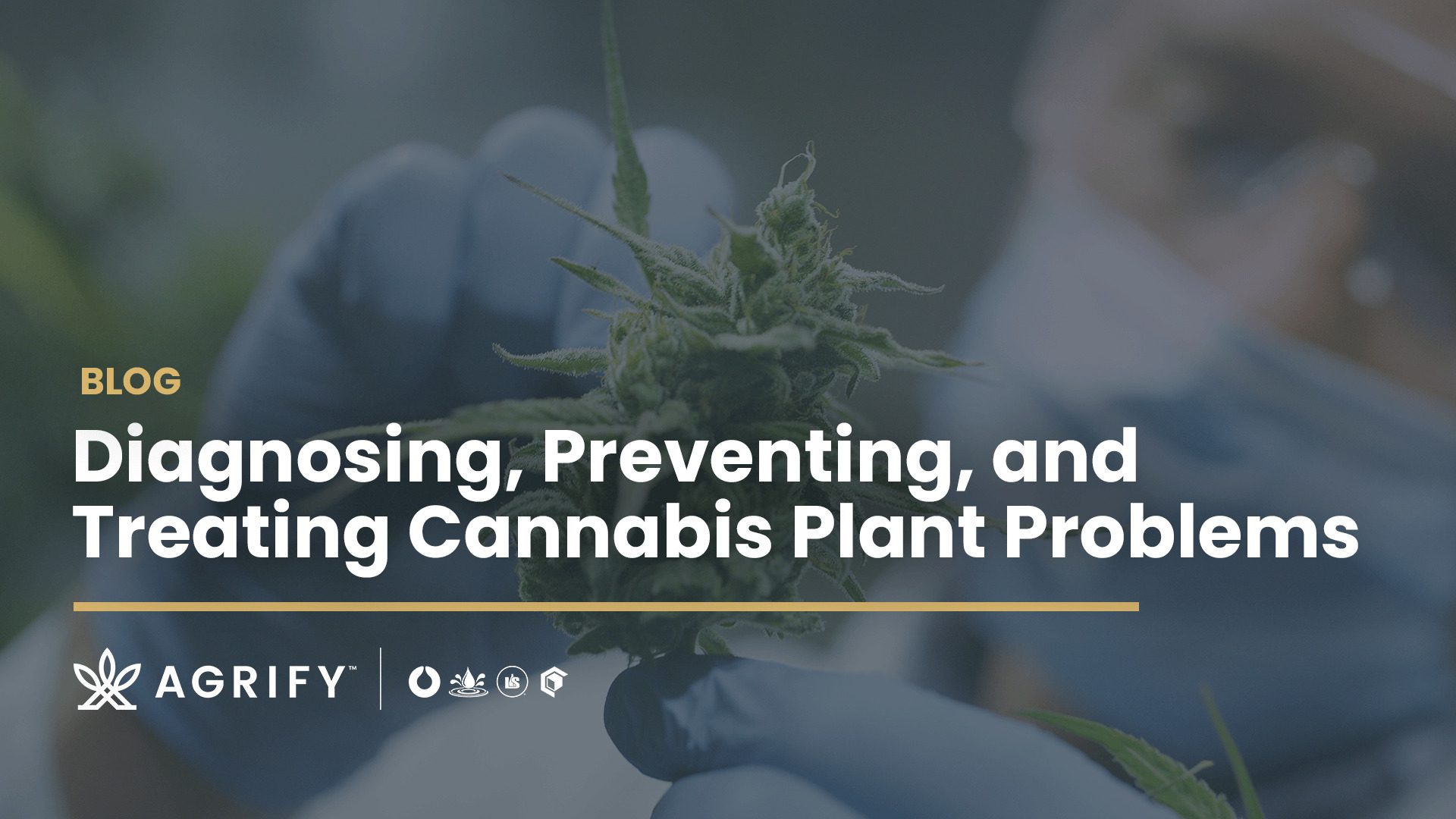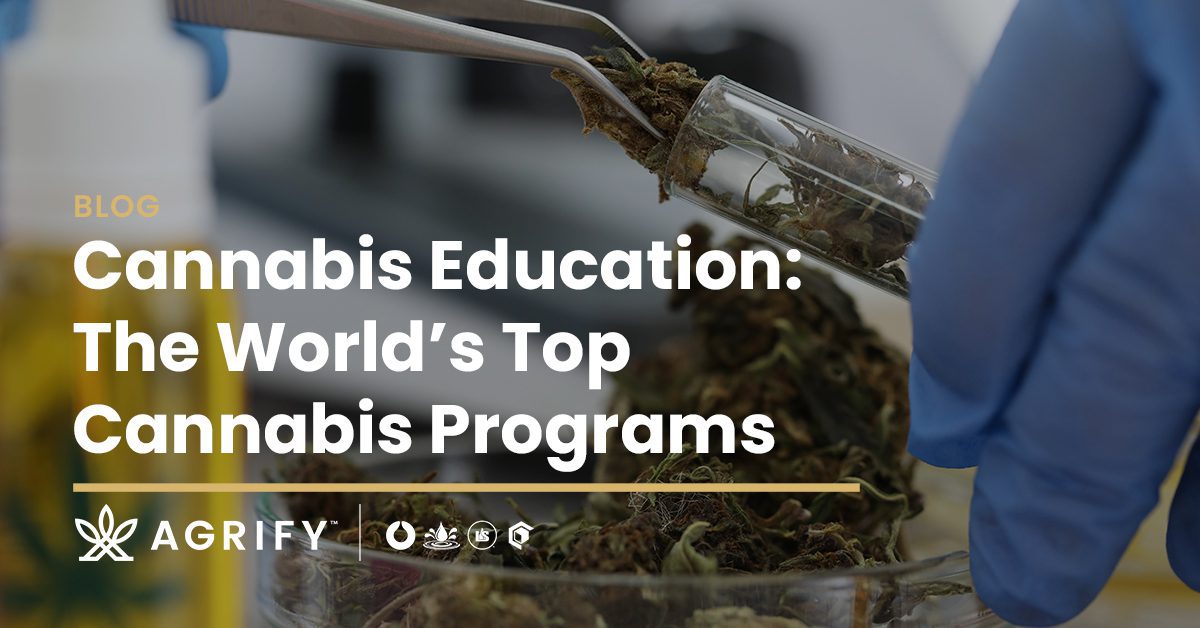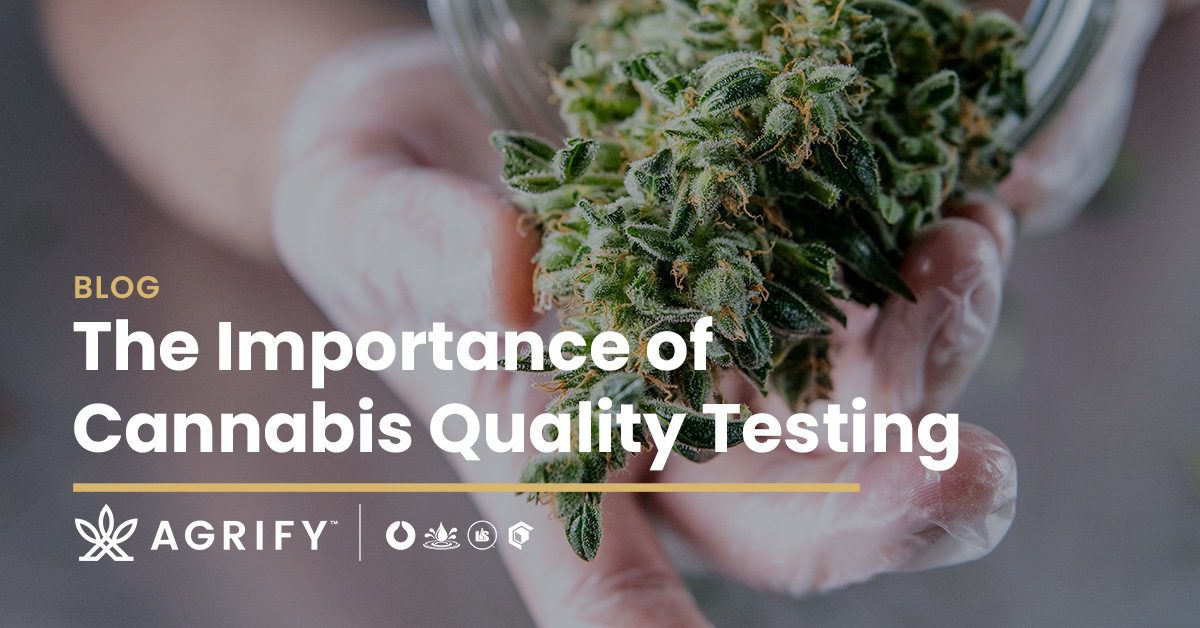Flying high just got a new meaning. Many consider cannabis a panacea of medicines and phytotherapies, but it is the plant’s production of terpenes that is fueling a new level of interest. Cannabis has been touted as a source of medicines, food, paper, textiles, rope, and more. The US Navy has recently added a surprising cannabis-based product to the list: jet fuel.
Driven by concerns over fuel scarcity, alternative fuels are becoming more sought after. The petroleum-based fuels we use today were made from the breakdown of organic matter over millions of years. These petroleum-based fuels are finite, and our resources are dwindling. Terpenes and petroleum are both hydrocarbons (organic compounds composed of only carbon and hydrogen atoms) and researchers have discovered ways to optimize fuels by incorporating terpenes.
Cannabis produces over 500 chemical compounds, 200+ of which are terpenes. Terpenes are volatile hydrocarbon molecules responsible for the scent and flavor of many plants and essential oils. Plant terpenoids, a larger chemical group which encompasses terpenes, are responsible for the scent of eucalyptus, the flavor of cinnamon, and the yellow color of sunflowers.
Terpenoids are formed from 5-carbon compound isoprene molecules, and the isoprene polymers called terpenes. Terpenes vary in their chemical structure and the number of isoprene units. Cannabis produces Monoterpenes (2 isoprene units) like myrcene, Sesquiterpenes (3 isoprene units) like β-caryophyllene, Diterpenes (four isoprene units) such as phytol, which is a product of the degradation of chlorophyll and is hence found in nearly all cannabis. Other terpenoids are responsible for unique colors in plants like yellows (xanthophylls) oranges (carotenoids) and reds (lycopenes.)
Cannabis producers select strains for many reasons; octane rating has never been one of the criteria. Knowledgeable growers examine terpene profiles to predict the taste and aroma of new genetics, but some are now considering the vaporization & boiling point of a strain’s primary terpenes. Monoterpenes generally have a lower boiling point compared to Sesquiterpenes so when selecting varieties for pre-rolled joints the use of strains with higher Sesquiterpene content helps ensure a stronger flavor from start to finish. Another article examined the maturation of terpenes throughout the lifecycle of the plant and found that Sesquiterpenes levels in developing cannabis flower are consistent from the beginning of the generative phase while Monoterpene levels increase as the plants mature (all the way out to 179 days!)
Researchers at the California China Lake Naval Station have developed and patented a selection of terpene fuel blends. These larger sesquiterpenes are denser and have higher cetane numbers which means the fuel burns cleaner with a faster speed of combustion. This had led the research to focus on sesquiterpenes such as: beta caryophyllene, bisabolene, farnesene, humulene, and valencine.
The Navy’s research is showing that when terpenes are added to jet fuel the terpene fuel blends have higher cetane ratings and increase the energy density of the fuels. That equates to jets flying further, faster, being lighter at take-off (due to lower fuel weight.) The use of terpene enhanced fuels will reduce our dependence on petroleum-based fuels and hopefully provide another green application for the cannabis plant.








